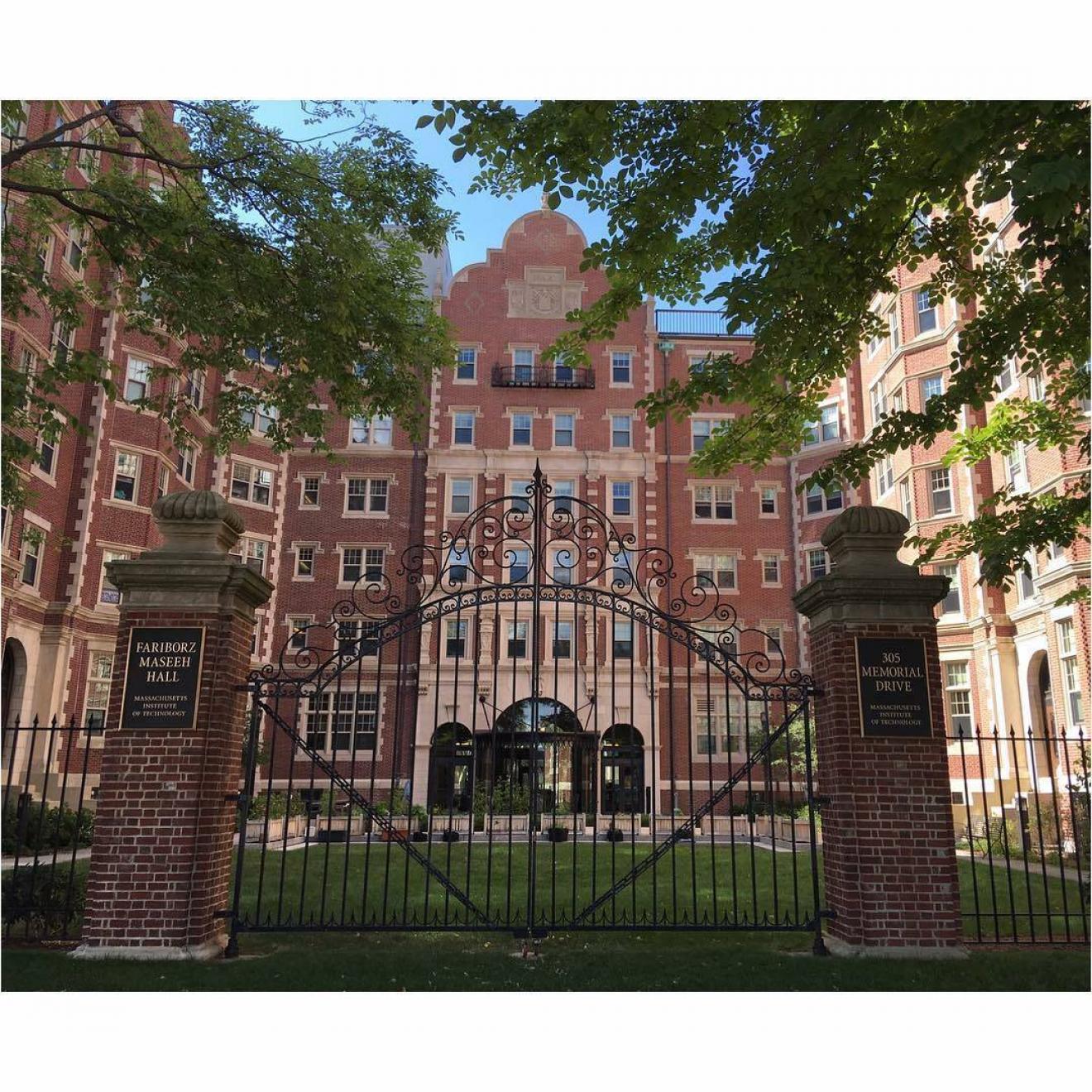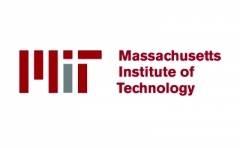
Read more about our ranking methodology.
Cambridge, MA 02139-4307
* These statistics utilize the most recently released data from IPEDS (Integrated Postsecondary Education Data System)
Sources for school statistics and data include U.S. Department of Education's National Center for Education Statistics and the Integrated Postsecondary Education Data System. Data may vary depending on school and academic year.


Source data obtained from U.S. Department of Education's Office of Post-secondary Education (OPE)

What letter grade would you give your school on how well it prepares students for a career in the real world?
Based on 6 ReviewsWhat letter grade would you give the students/culture at your school?
Based on 2 ReviewsWhat letter grade would you give the facilities at your school.
Based on 4 ReviewsWhat overall letter grade would you give the activities/groups at your school?
Based on 8 ReviewsTwenty-nine MIT grads have won Nobel Prizes, with extensive representation in the categories of economics, physics, and chemistry. More than one-third of the nation's space flights have included MIT-educated astronauts, including four of the 12 astronauts who walked on the moon during the Apollo program. A sampling of other famous graduates includes architect IM Pei, Doppler Radar inventor Bernard Gordon, journalist Karen Arenson, former U.N. Secretary General Kofi Annan, Federal Reserve Bank Chairman Ben Bernanke, and Princess of Thailand Ubolratana Manidol.
This 168-acre urban campus located in Cambridge, Mass., across the Charles River from downtown Boston contains some of the most distinctive buildings you’ll ever see. Architects from around the world come to study wondrous Simmons Hall (aka “The Sponge”), a 10-story tall, 350-bed dormitory designed by Steven Holl that contains more than 5,500 small square windows. Then there’s the Ray and Maria Stata Center for Computer, Information, and Intelligence Sciences. Not only does the building feature tilting towers, many-angled walls, and whimsical shapes, it also has won awards for its sustainable design elements. The Brain and Cognitive Sciences Complex hosts the largest neuroscience center in the world – and it sits on top of an active freight rail corridor.
In an effort to share knowledge with anyone who is interested, MIT publishes virtually all of its course content for free on the web through OpenCourseWare (OCW). This allows independent study of a variety of disciplines (computer programming, linear algebra, and algorithms are among the most popular subjects) through video lectures, online textbooks, and assignments with solutions. MIT also participates in edX, a provider of online classes from top institutions. Participants can receive an official credential signed by the instructor that verifies completion.
Rifle, squash, fencing . . . the sports scene at MIT is about more than just football and basketball. In fact, MIT fields teams in 33 varsity sports, which is more than any other NCAA Division III school in the United States. (Rowing programs, however, are Division I.) Over the years, more than 230 MIT student-athletes have been named Academic All-Americas. This makes the school the all-time Division III record-holder and places it third among all divisions. Thirty MIT grads have competed at the Olympics.
As of 2015, the MIT community (current and former) included 85 Nobel Laureates, 56 National Medal of Science winners, 28 National Medal of Technology and Innovation winners, and 44 MacArthur Fellows. The school is known for its cutting-edge research, and opportunities to collaborate with faculty as junior colleagues start freshmen year. Two of MIT’s main areas of exploration are energy and cancer.
Home of Harvard University and Massachusetts Institute of Technology, Cambridge presents an attractive pool of highly educated candidates. (Nearly three-fourths of residents over the age of 25 have at least a bachelor’s degree.) Employers are eager to take advantage of this talent, and the average household income is well above the national average. Cambridge’s proximity to Boston (about a mile) offers further job prospects.
Cambridge’s two educational meccas are the city’s leading employers. Graduates in STEM disciplines may find work at biotech companies such as Novartis, Biogen, and Sanofi; engineering consultants CDM Smith and Raytheon; and software powerhouses Microsoft, Google, and HubSpot. Mount Auburn Hospital and Cambridge Hospital Alliance are major employers of people with degrees in health sciences.
Harvard and MIT definitely give Cambridge a cultured, intellectual feel. The city is divided into 13 residential neighborhoods, each with its own flavor. Housing can be expensive and hard to find, so renting is a popular option. Parents looking for educational choices love Cambridge for its variety of private, parochial, and charter schools as well as a public grade school system that operates under a controlled-choice plan.
From the Museum of Science in East Cambridge to the Peabody Museum of Archaeology and Ethnology in Harvard Square, Cambridge has a variety of mind-enriching cultural attractions. Many residents like to browse bookstores (Harvard Square alone has more than 30). Others enjoy the distinctive movie selections at Kendall Square Cinema followed by dinner at a hip new restaurant or a traditional bar and grill. The Charles River is a popular spot to enjoy boating, kayaking, and canoeing.
A city of more than 105,000 people and a median age of 30.2 means plenty of singles! You might just find a kindred spirit at the next table at one of the coffeehouses in Inman Square. Expand your options with a journey into Boston for a Pops concert or a Red Sox game.
